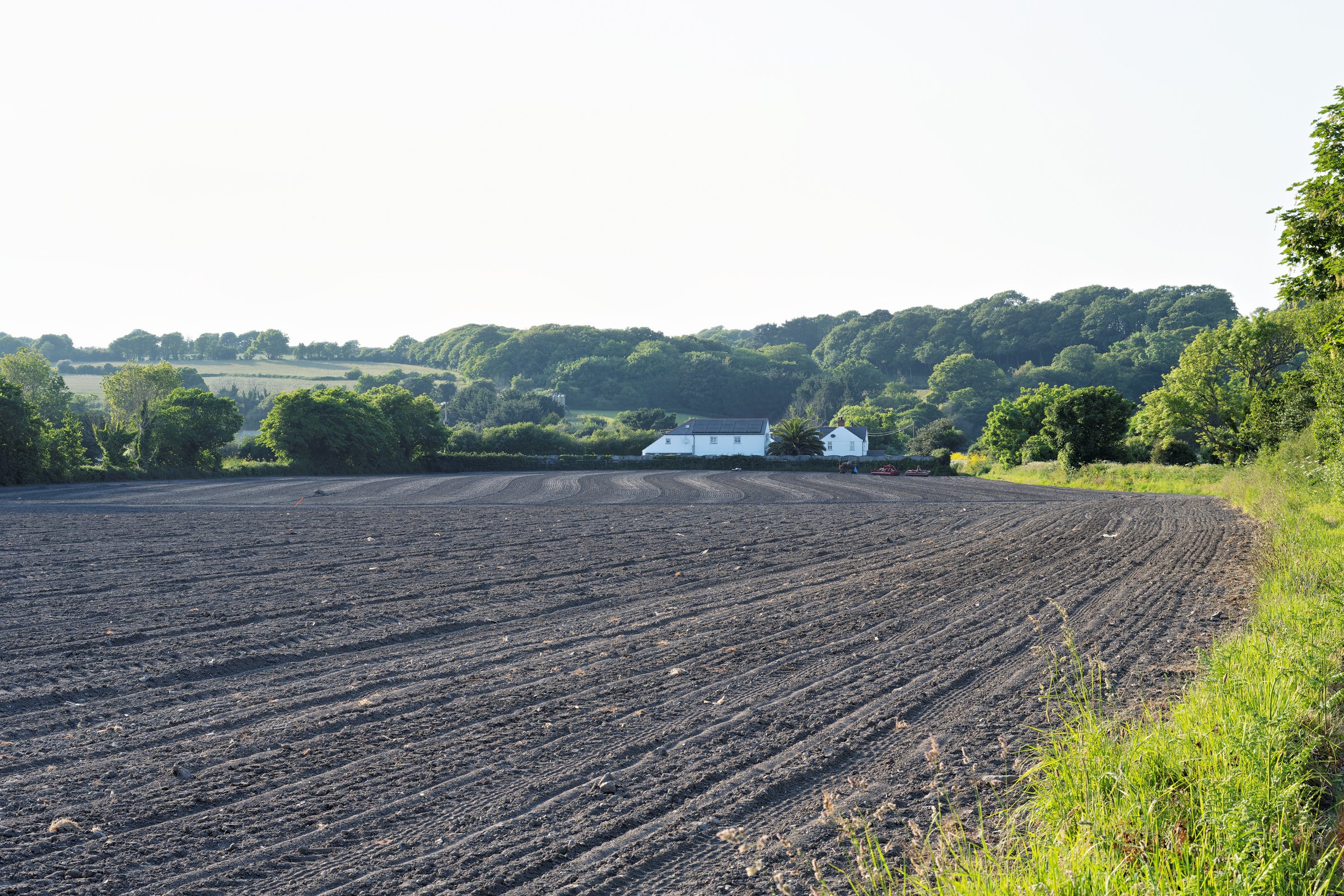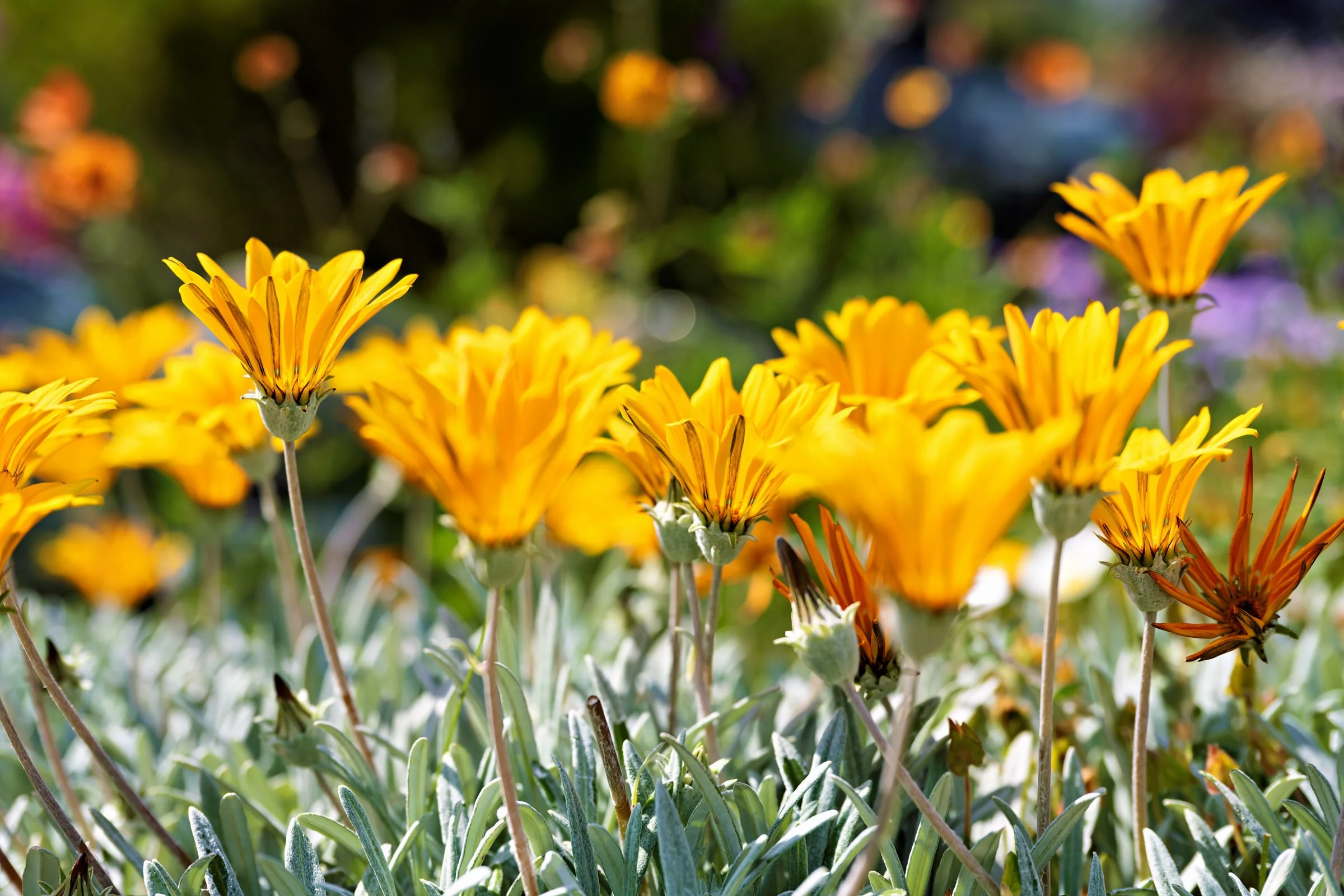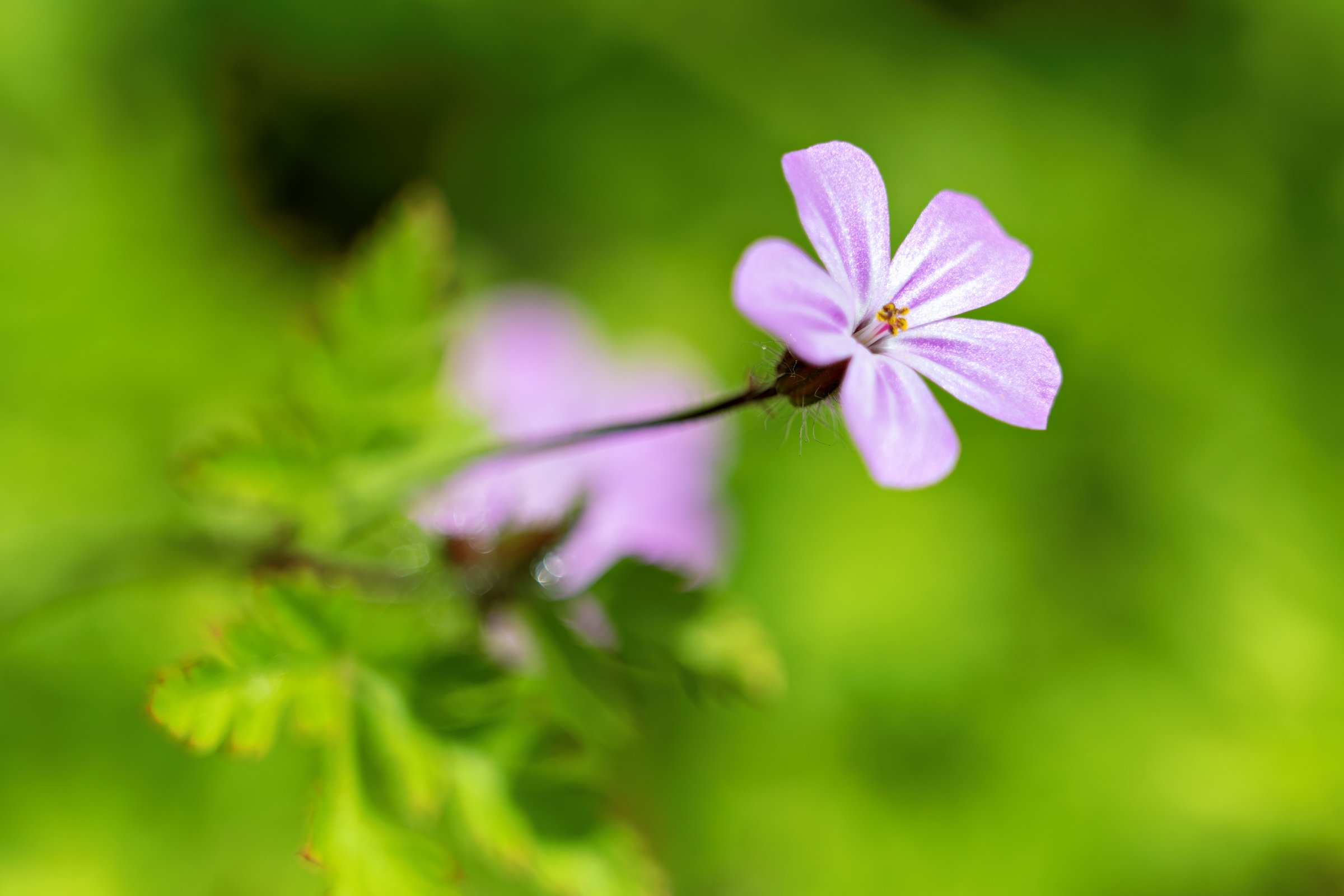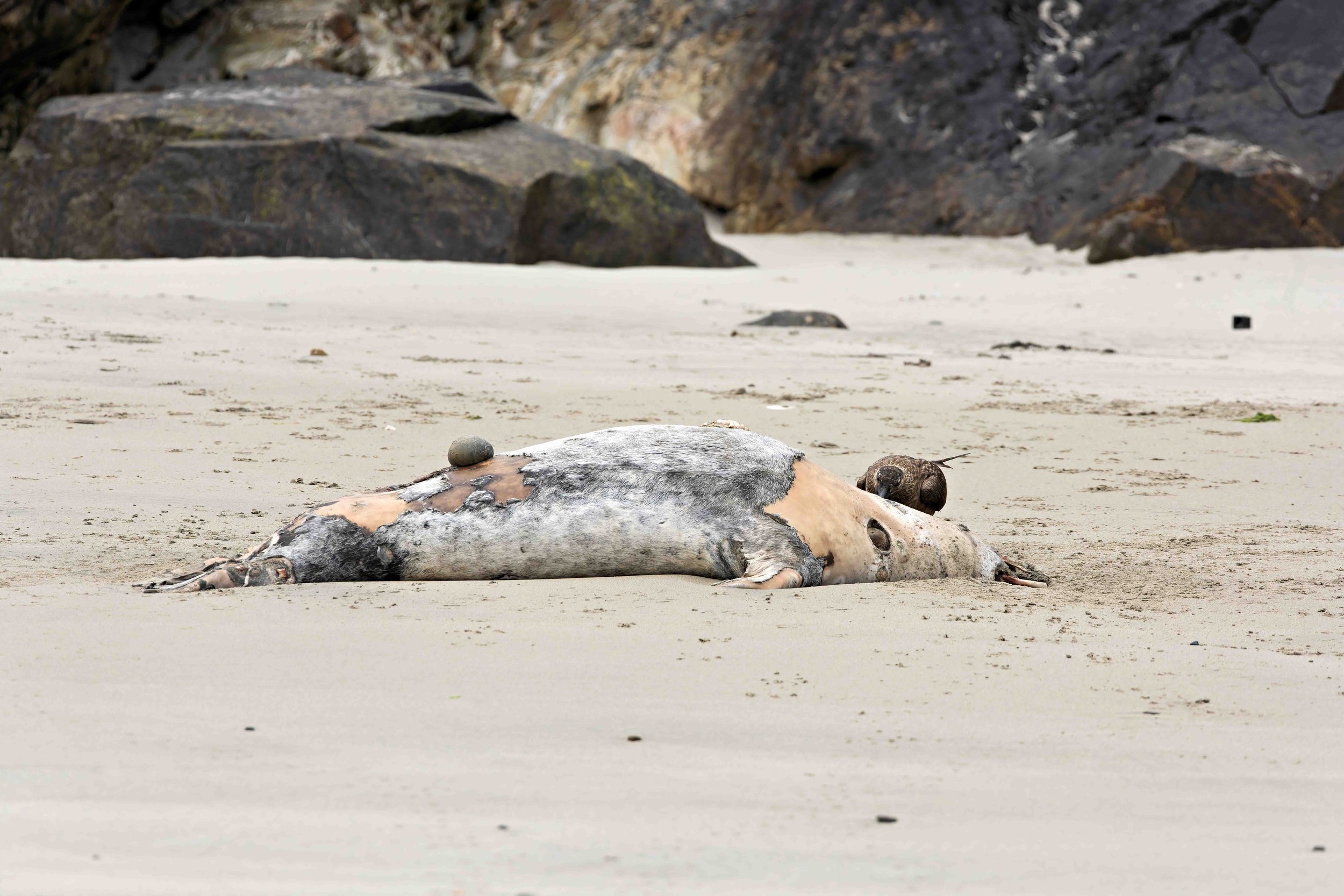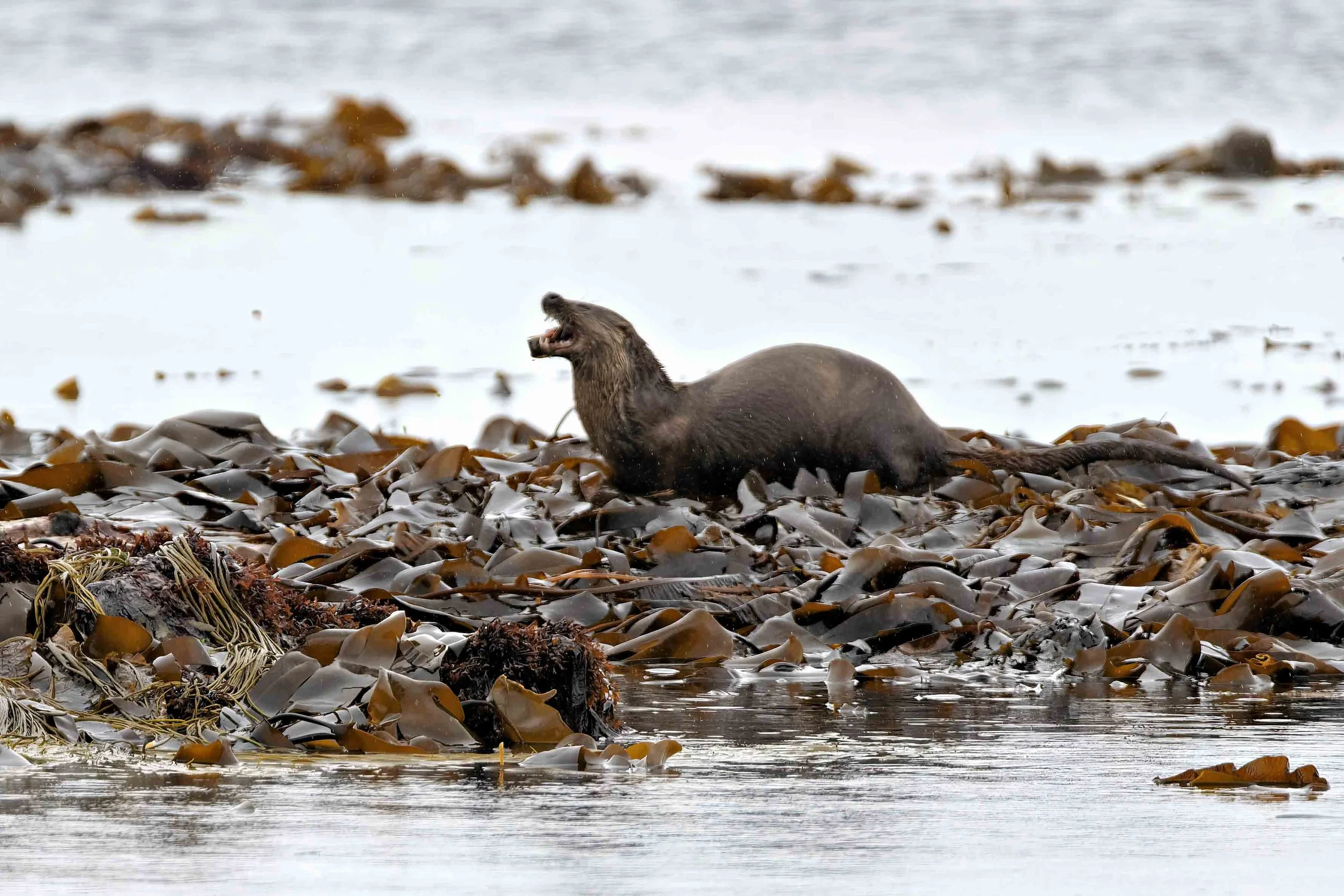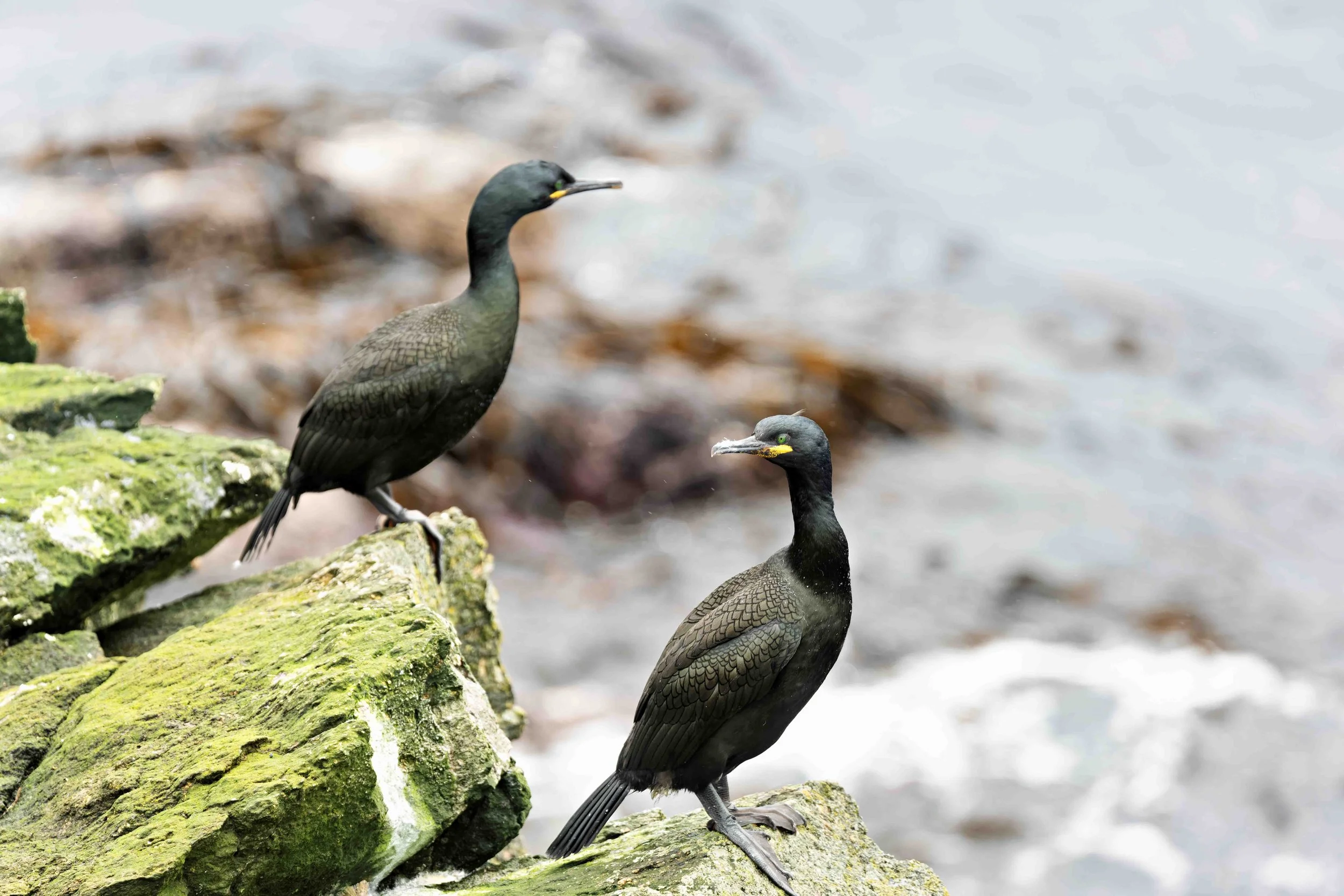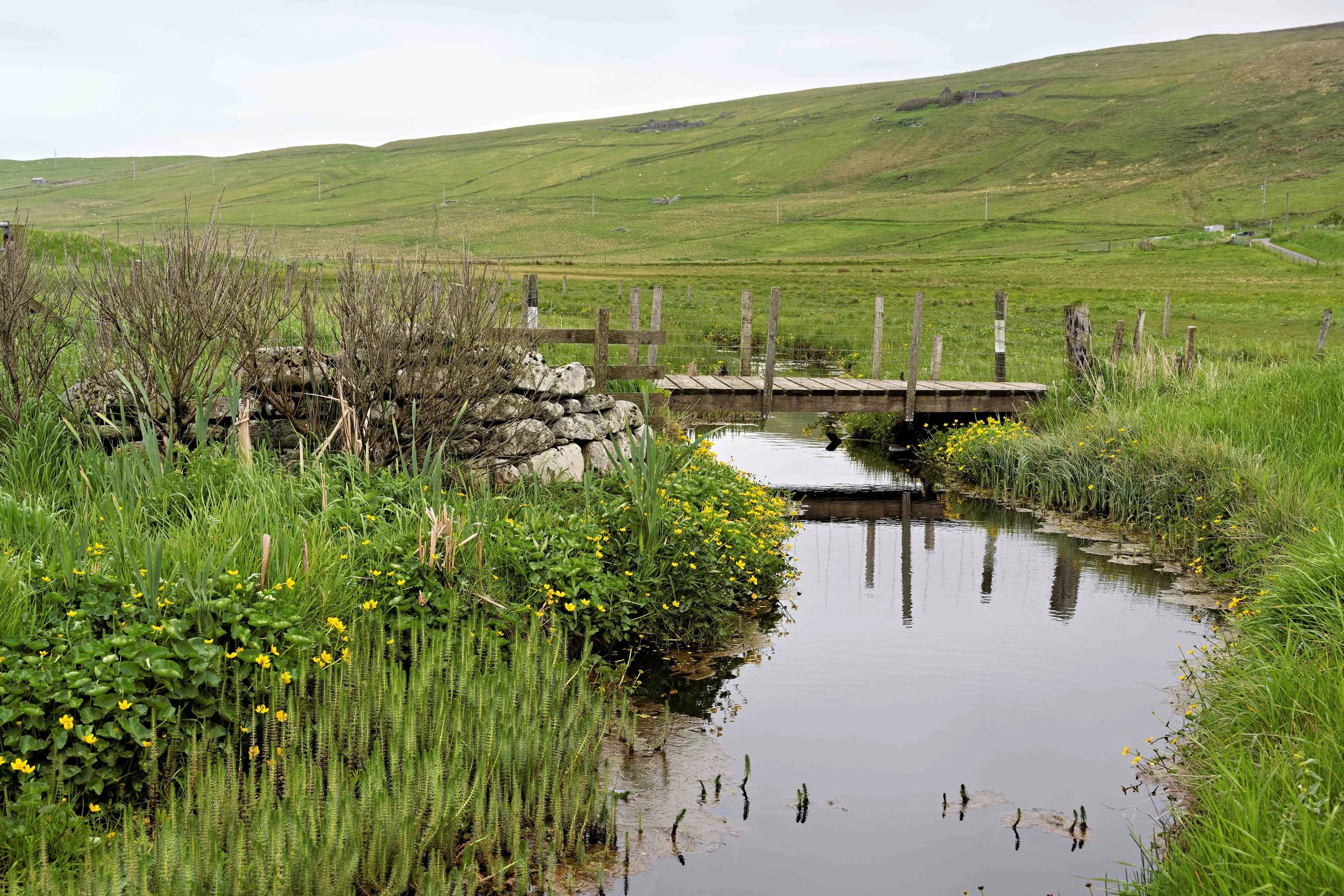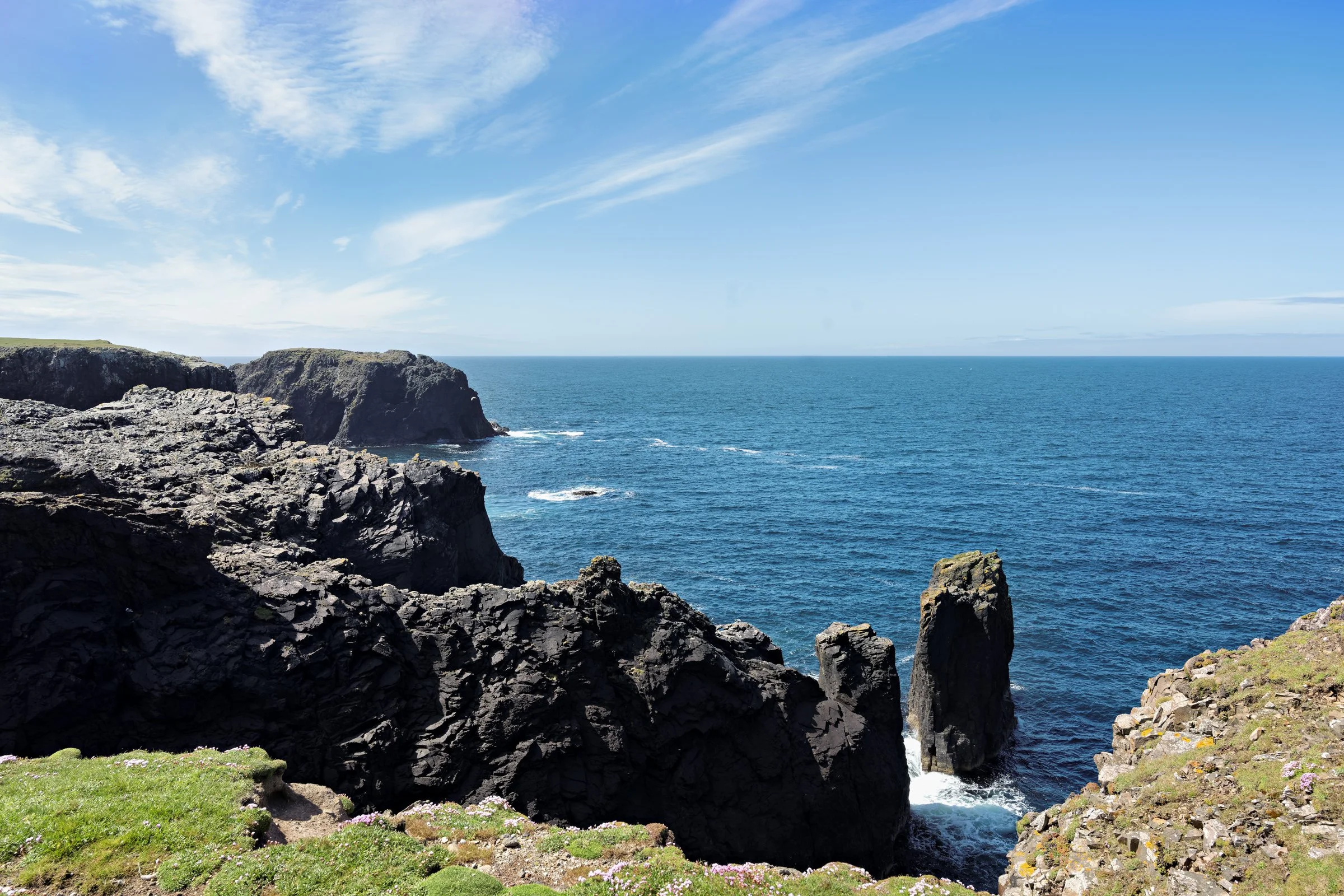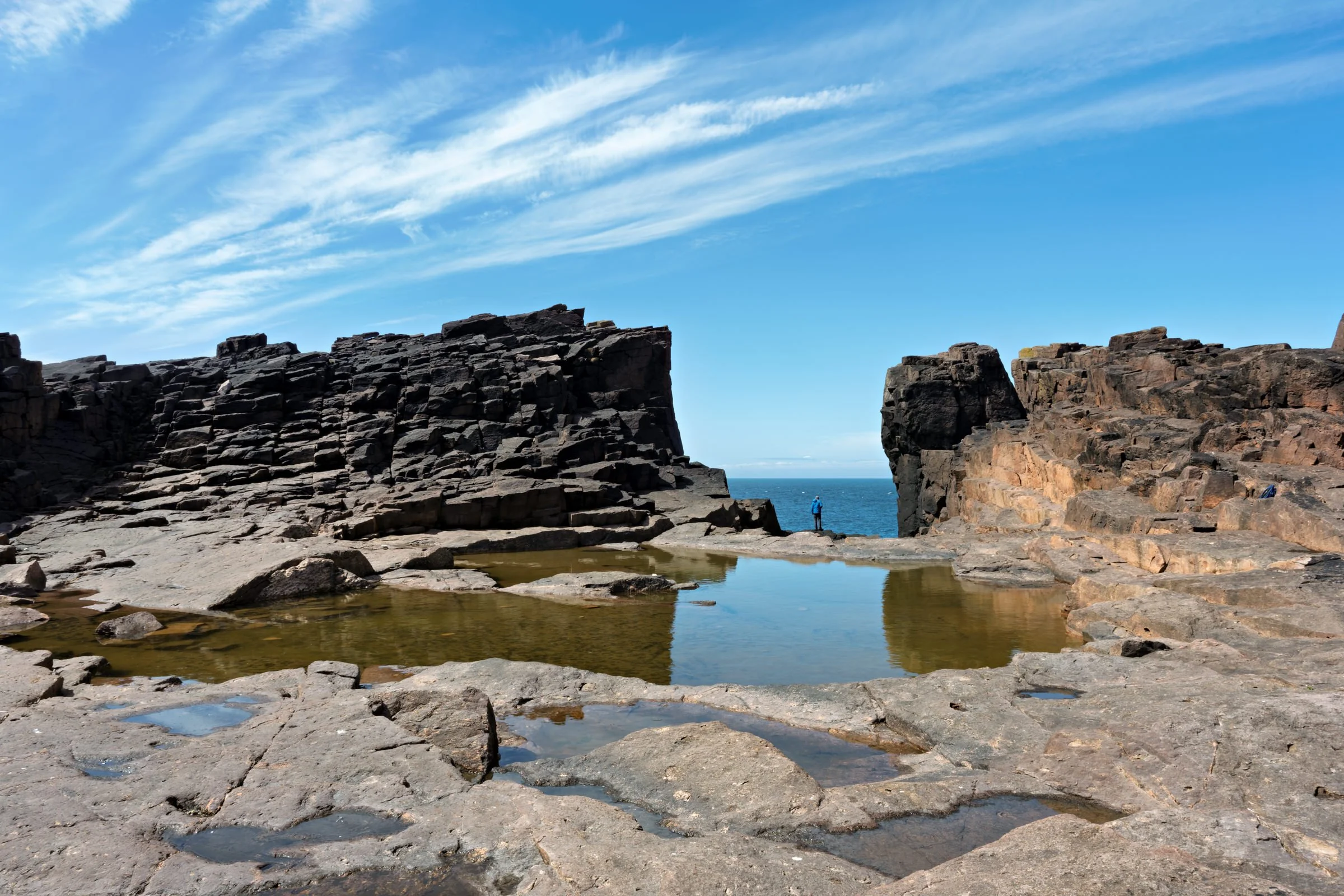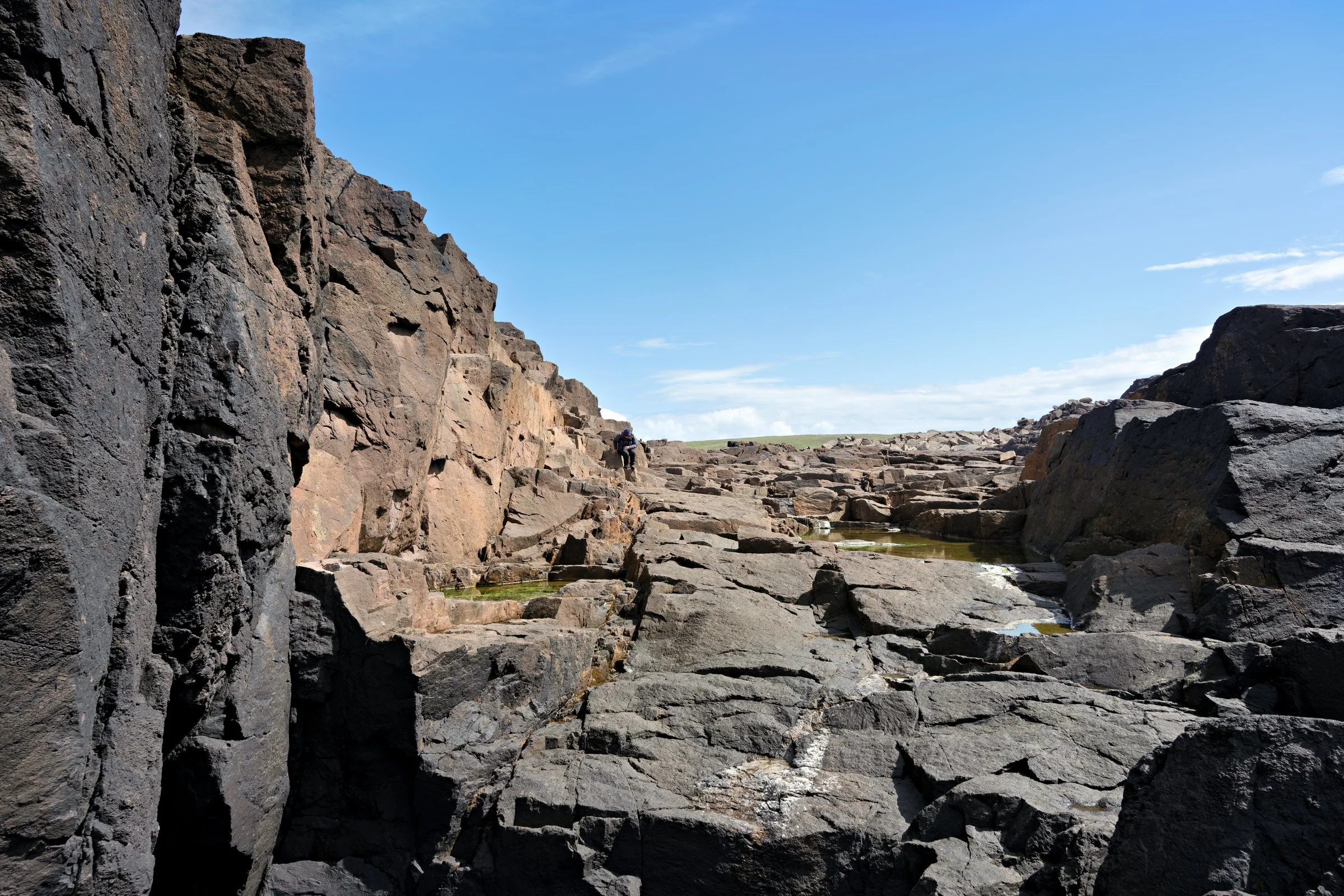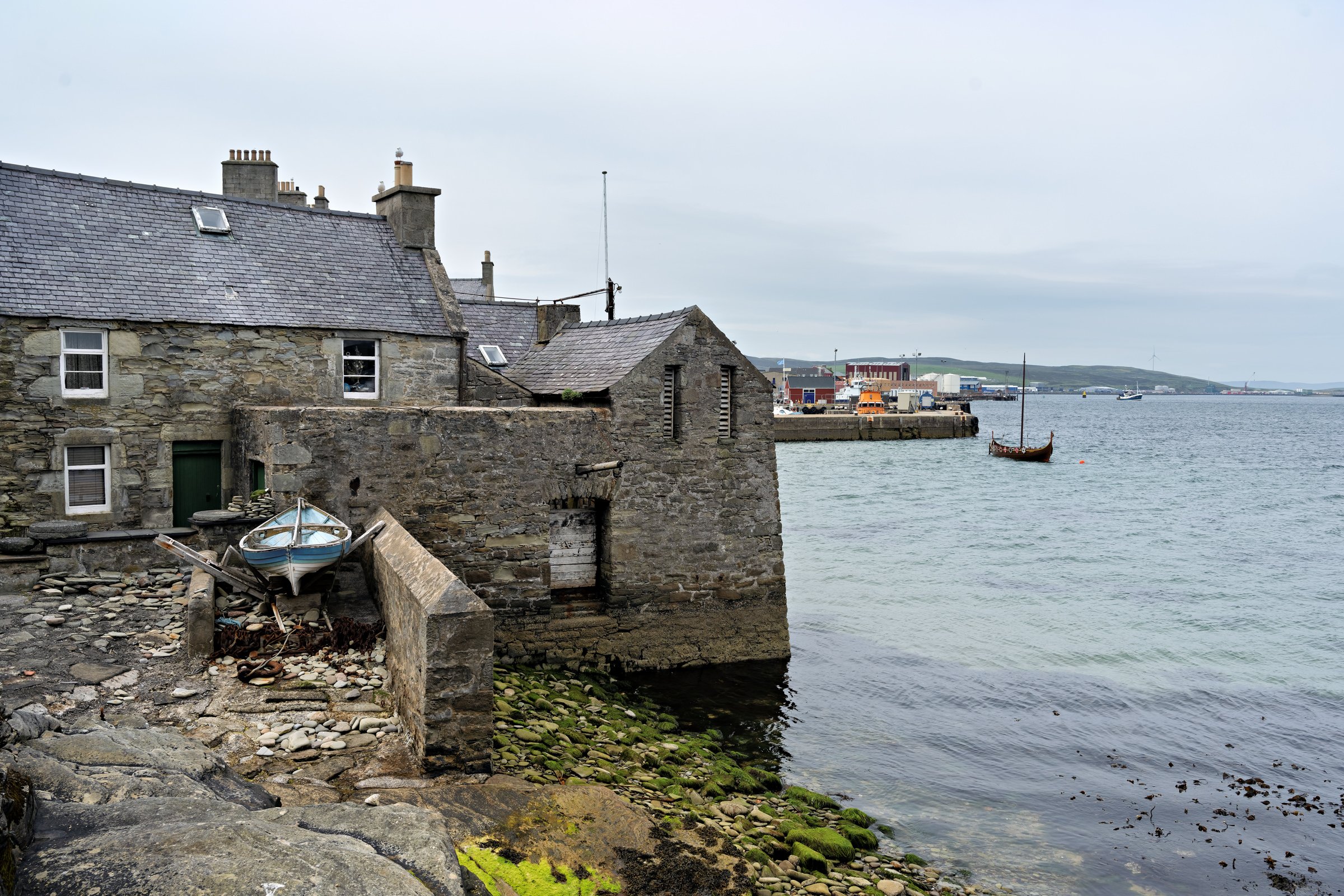Everyday Wonder

Everyday wonder is the experience of awe, wonder and amazement in our daily lives. It can be found in the beauty of nature, the kindness of strangers, or the simple pleasures of life. Cultivating a sense of wonder in our everyday life can have a transformative effect on our well-being and happiness and help us to realise we are part of something bigger than ourselves, something vast, even infinite.
The value and importance of everyday wonder lie in its ability to open our minds and hearts to the world around us. It allows us to see the beauty and mystery in the ordinary, and to appreciate the interconnectedness of all things. When we experience wonder, we are more likely to feel grateful, compassionate, and connected to others.
Wonder also has the power to inspire creativity and curiosity. It encourages us to explore new ideas and experiences, and to see the world from different perspectives. This can lead to greater understanding, empathy, and tolerance.
In a world that often seems chaotic and overwhelming, everyday wonder can provide a sense of calm and grounding. It reminds us that there is still beauty and goodness in the world, and that we are part of something greater than ourselves.
This picture is one that I turn to when thinking about awe and wonder. An ordinary shopping mall in Montreal with a fountain at it’s centre. Sitting on a bench at the periphery of the mall it was amazing to see the responses of people - children and adults - to the fountain, the water, the light, the energy.
Gulval

Gulval is a village and civil parish in Cornwall, England, United Kingdom. It is almost equidistant from Penzance and Marazion, 2 miles to each.
Gulval is known for its historic church, which dates back to the 12th century and has a Norman font and a carved wooden screen. The village also has a pub, a school, a post office and a community centre. Gulval proved to be a good base, surrounded by scenic countryside and is close to several attractions, such as the Tremenheere Sculpture Gardens, the Chysauster Ancient Village and the Mount's Bay coastline.
We particularly enjoyed visiting Tremenheere Sculpture Garden, Mount Bay and St Michael’s Mount. This is a selection of photo’s that forms part of a record our short stay.
Ham Wall Images

The glory and horror of nature, while learning to use a new lens at Ham Wall on the Somerset Levels, 31st May, 1st June.
Pastoral and Woodland Scenes
A short walk from home, across the road and up the hill, leads to pastoral and woodland scenes and the view across Wells, the cathedral and Glastonbury Tor beyond. Just an afternoon walk with a camera and the versatile 24-120 lens, the bluebells past their best but still a sight of beauty.

SHETLAND: Saxa Vord and Muckle Flugga Lighthouse

Saxa Vord is a former Royal Air Force station on Unst, the northernmost island of Shetland. It is now home to SaxaVord Spaceport, a launch site and ground station for small rockets delivering payloads into low earth orbit. SaxaVord also offers accommodation, dining and entertainment options for visitors who want to explore the natural and cultural heritage of Shetland.
Nearby Saxa Vord is the Muckle Flugga Lighthouse, which marks the northernmost point of the British Isles. The lighthouse was built in 1854 by Thomas and David Stevenson, the father and uncle of Robert Louis Stevenson, the famous author of Treasure Island and Kidnapped. The lighthouse is perched on a rocky outcrop that is often battered by storms and waves. It is no longer manned, but can be seen from a distance by boat or from Hermaness National Nature Reserve, a haven for seabirds and wildlife.
SHETLAND: Girls Wick

Girls Wick is a tidal water area in the Shetland Islands of Scotland. It is located near the village of Haroldswick, on the island of Unst, which is the northernmost inhabited island in Britain. Girls Wick is a scenic spot that offers views of the surrounding hills and cliffs, as well as the sea and the sky. Girls Wick is also a popular place for walking, cycling and exploring the nature and history of Unst. Nearby attractions include the Unst Heritage Centre, the Unst Boat Haven and the Viking Longhouse.
SHETLAND: Lunder Wick and Underhoull

Lunder Wick and Underhoull are two small settlements on the west coast of Unst, the northernmost island of Shetland. Lunder Wick is a former fishing station with a natural harbour and a few stone cottages. Underhoull is a cluster of houses and a farm near the shore of Burra Firth. Both places offer scenic views of the sea and the surrounding hills. Lunder Wick and Underhoull are rich in history and culture, as they have been inhabited since the Viking times. They have several archaeological sites, such as a broch, a chapel, and a Norse longhouse. Lunder Wick and Underhoull are also known for their wildlife, especially seabirds and seals. They are ideal destinations for nature lovers and history enthusiasts who want to explore the remote and rugged beauty of Shetland.
SHETLAND: The Keen of Hamar
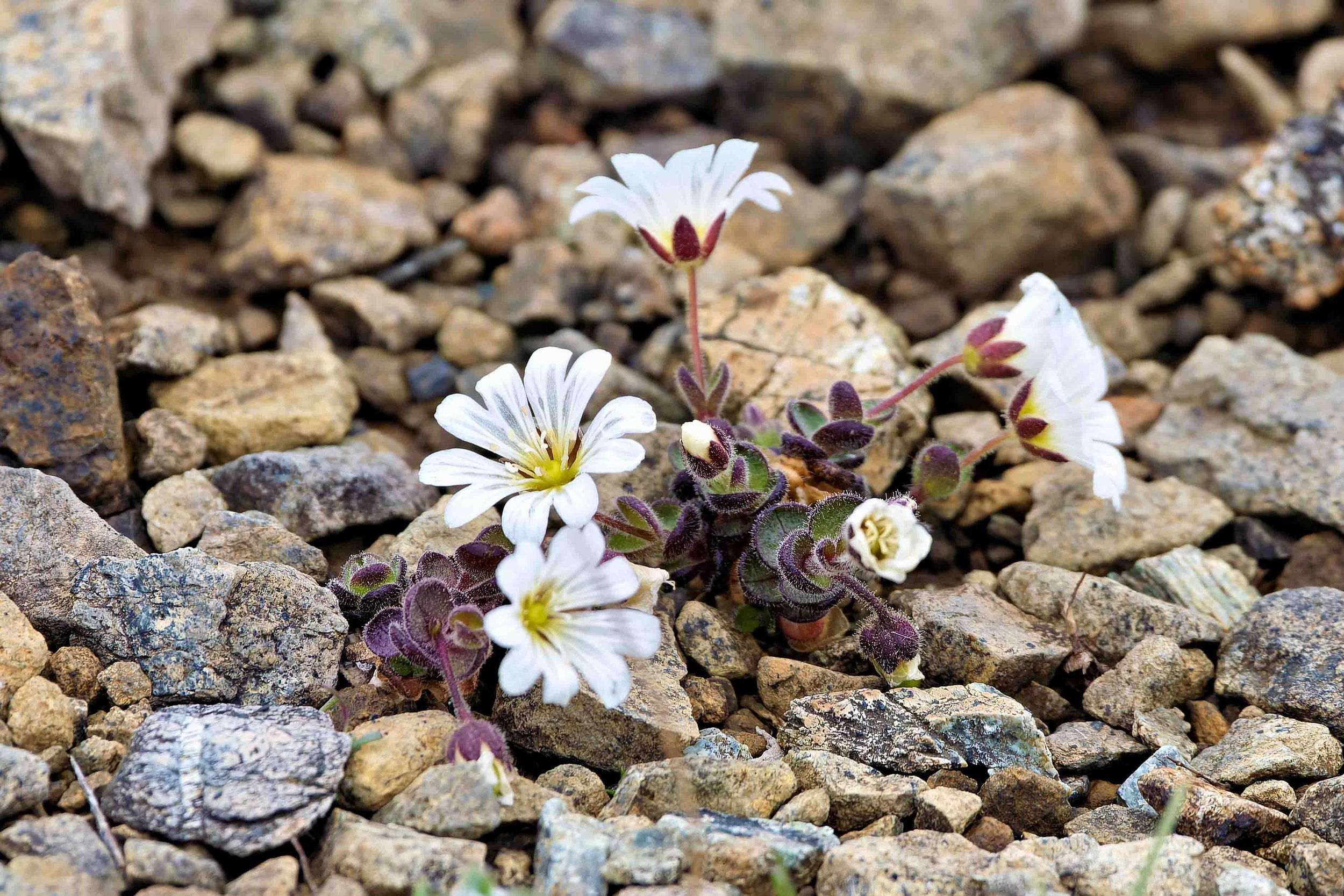
The Keen of Hamar is a nature reserve on the island of Unst, in Shetland, Scotland. It is famous for its rare and unique plants that grow on the serpentine rock, which was formed deep under the sea millions of years ago. The reserve is managed by Scottish Natural Heritage and is protected as a Site of Special Scientific Interest and a Special Area of Conservation.
One of the most remarkable plants that can be found in the Keen of Hamar is the Edmondston's chickweed, also known as Shetland mouse ear. This white-flowered plant is endemic to Unst and was discovered by a young botanist named Thomas Edmondston in the 19th century. He died tragically at the age of 20 on an expedition to South America, but his legacy lives on in this plant that bears his name.
Other plants that have adapted to the harsh conditions of the Keen of Hamar include the Norwegian sandwort, the mountain everlasting and the sea plantain. These plants show peculiar growth forms and colours that are different from their relatives elsewhere. They can survive on the thin and nutrient-poor soil that covers the serpentine rock.
The Keen of Hamar can be visited by following a circular route that starts from a car park near Littlehamar. The walk offers stunning views of the coast and cliffs, as well as a chance to see some of the rarest plants in Britain. The best time to visit is from mid-May to early July, when the flowers are in bloom.
Shetland: Hermaness
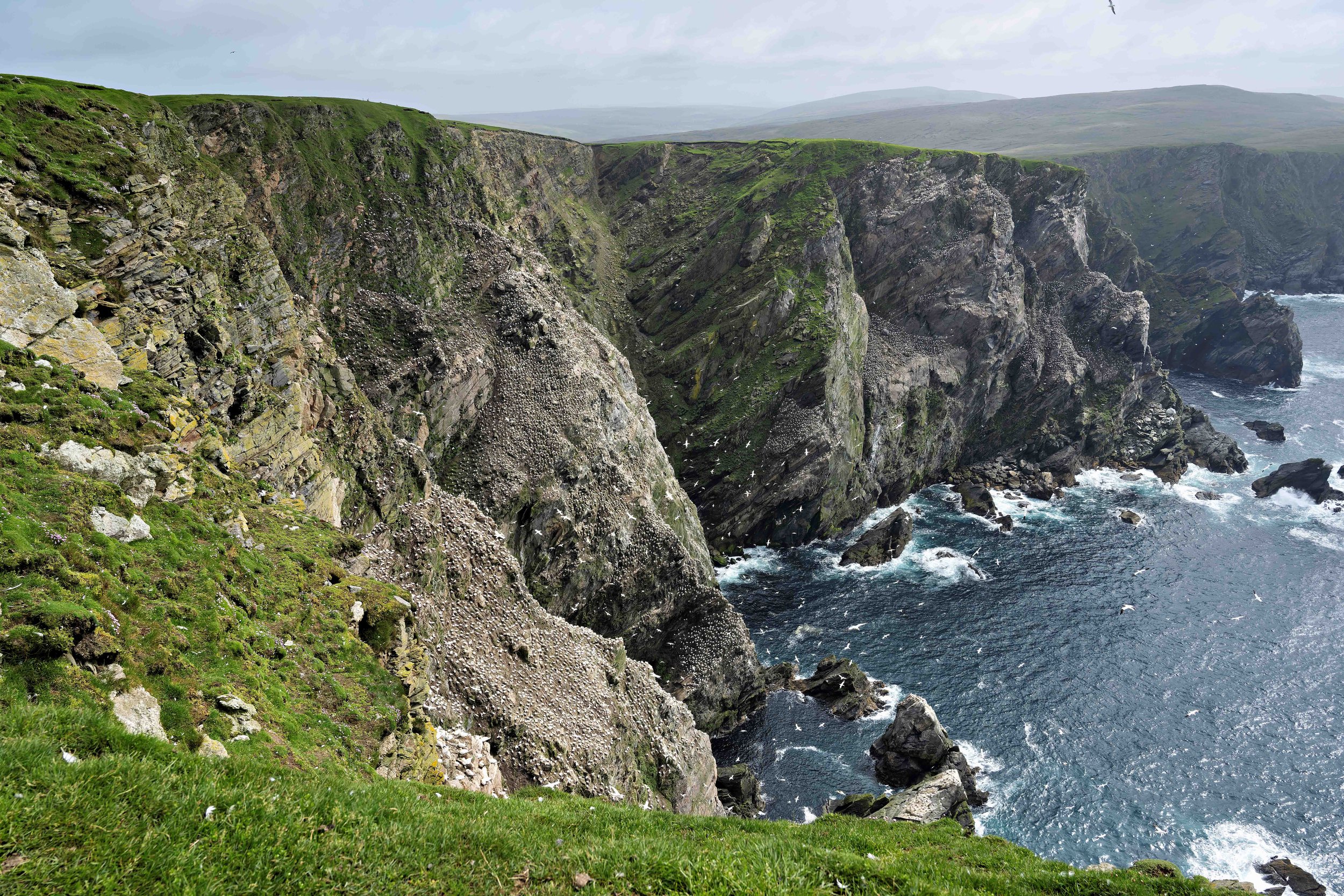
Hermaness is a national nature reserve located on the island of Unst in the Shetland Islands, Scotland. It is home to a variety of wildlife, including seabirds, seals, otters and whales. The reserve covers an area of about 800 hectares, and includes cliffs, moorland, lochs and offshore islands. Hermaness is one of the best places in Britain to see breeding seabirds, such as puffins, gannets, fulmars and kittiwakes. The reserve also hosts rare plants, such as the oysterplant and the Scottish primrose. Hermaness is open to visitors all year round, but access to some areas may be restricted during the breeding season.
Shetland: Skaw

Skaw is a small village on the island of Unst, which is part of the Shetland archipelago in Scotland. It is situated on a peninsula in the northeast corner of Unst, and it is the most northerly settlement in the United Kingdom. Skaw has a beautiful sandy beach that faces east and is sheltered from the prevailing winds. The beach is surrounded by a meadow that is full of wild flowers in spring and summer. Skaw also has a rich history, as it was the home of Walter Sutherland, who was reportedly the last native speaker of the Norn language, which was once spoken in Shetland and other parts of Scandinavia. During World War II, Skaw was the site of a radar station that was part of the defences of the RAF Sullom Voe flying boat base. Skaw is a peaceful and scenic place that offers stunning views of the North Sea and the cliffs of north Unst.
Shetland: Baltasound
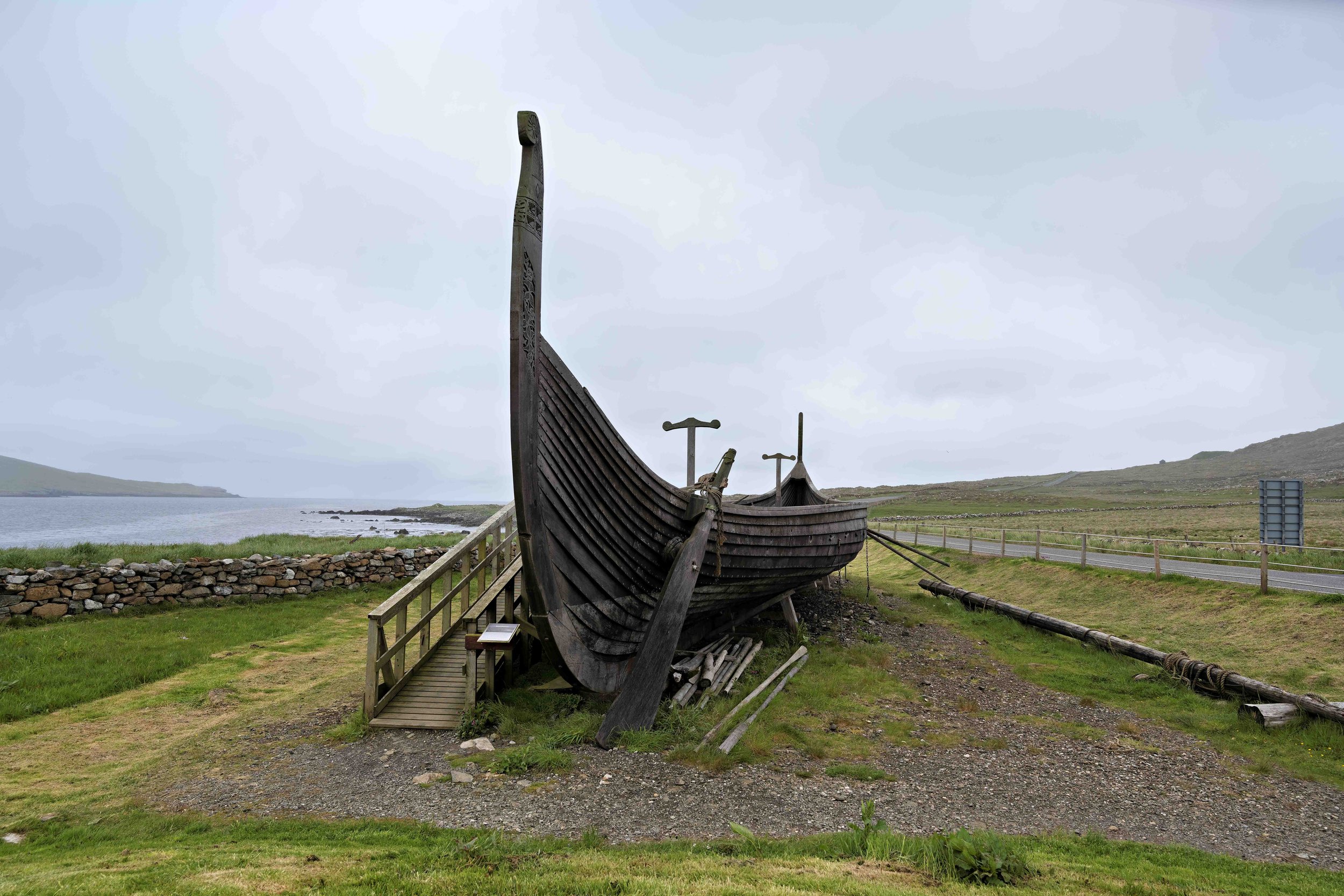
Baltasound is the largest settlement on the island of Unst in Shetland, Scotland. It is located on a sheltered bay called Balta Sound, which is named after the Old Norse man's name Balti. Unst is the most northerly inhabited island in the United Kingdom and has many amenities that hold the record for being the most northerly in the country, such as the airport, the post office, the school and the hotel. Baltasound has a rich history of fishing and mining, and was once the most important herring port in Shetland. It also has a memorial stone for a French physicist who studied there and a famous bus shelter that is decorated by locals. Baltasound has a cool oceanic climate that borders a subpolar climate, with mild winters and short summers.
Shetland: Unst
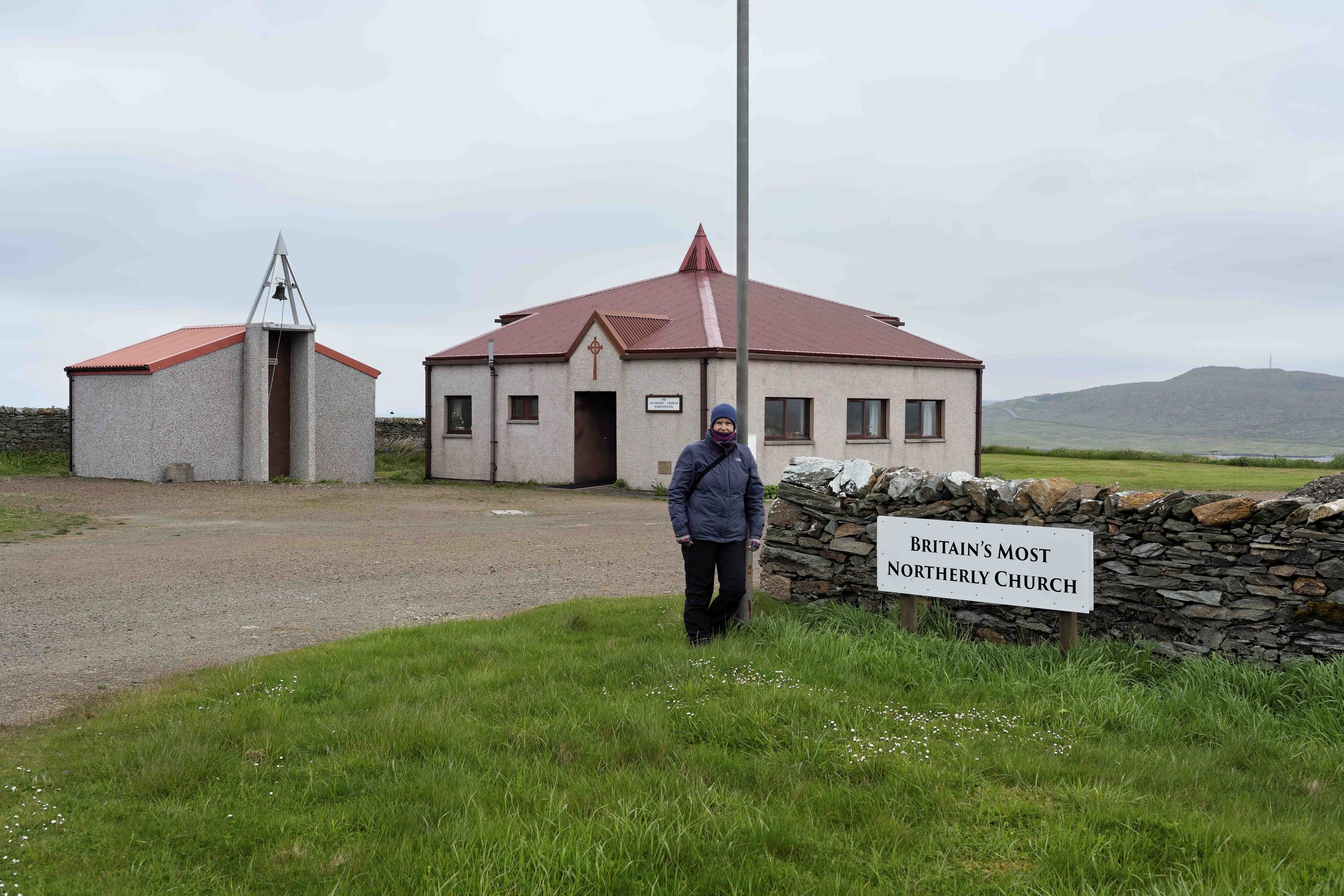
Unst is one of the North Isles of the Shetland Islands, Scotland. It is the northernmost of the inhabited British Isles and is the third-largest island in Shetland after Mainland and Yell. It has an area of 120 km2 and a population ofaround 650. Unst has a rich and diverse history, culture and nature, attracting many visitors who want to explore its unique attractions.
Unst was settled by Norsemen in the Viking Age, and traces of their presence can be seen in the numerous longhouses, place names and traditions. Unst was also an important trading post for the Hanseatic League, a network of merchants from northern Europe who exchanged goods and services. The remains of a Hanseatic warehouse can be found in Uyeasound, along with Muness Castle, a 16th-century tower house that was attacked by pirates in 1627.
Unst has a varied and spectacular landscape, with grasslands, cliffs, beaches and moorlands. It is home to several nature reserves, such as Hermaness, Keen of Hamar and Saxa Vord. Hermaness is a haven for seabirds, including puffins, gannets, fulmars and skuas. Keen of Hamar is a sub-arctic desert with rare plants that survive in harsh conditions. Saxa Vord is the highest point on Unst and offers panoramic views of the surrounding islands and sea.
Unst has a vibrant and creative community, with many local craftspeople, artists and musicians. Unst is famous for its fine lace knitting, which dates back to the 19th century when women made shawls for Queen Victoria. Unst also hosts several festivals and events throughout the year, such as UnstFest, Shetland Wool Week and Unst Bus Shelter Day. Unst is also involved in innovative projects, such as space exploration and renewable energy.
I found Unst a fascinating place!
Shetland: Scalloway and Burwick
Scalloway is the former capital of Shetland, and you can see the impressive castle that was built by Earl Patrick Stewart in 1600. The castle is now a museum and a popular attraction for visitors. Scalloway also has a harbour, a fish market, and some shops and cafes to explore.
Burwick is a peaceful valley on the west side of Scalloway, with a bay and a small island that has the ruins of a broch, an ancient stone tower. The valley has several lochs and streams, and is home to many birds, frogs, and wildflowers. You can also find some Neolithic houses and burnt mounds, which are evidence of prehistoric settlements.
The core path route between Scalloway and Burwick is a moderate loop that takes you through the hills above the villages, offering stunning views of the sea and the islands. The route is about 9 km long and takes about 5 hours to complete. It can be boggy and rough in some places, so make sure you have good footwear and clothing. You can start from the doctor's surgery in Scalloway, and follow the track up to the ridge, then along the lochs to Burwick, and back down to Scalloway.
Shetland: Weisdale to Westerfield
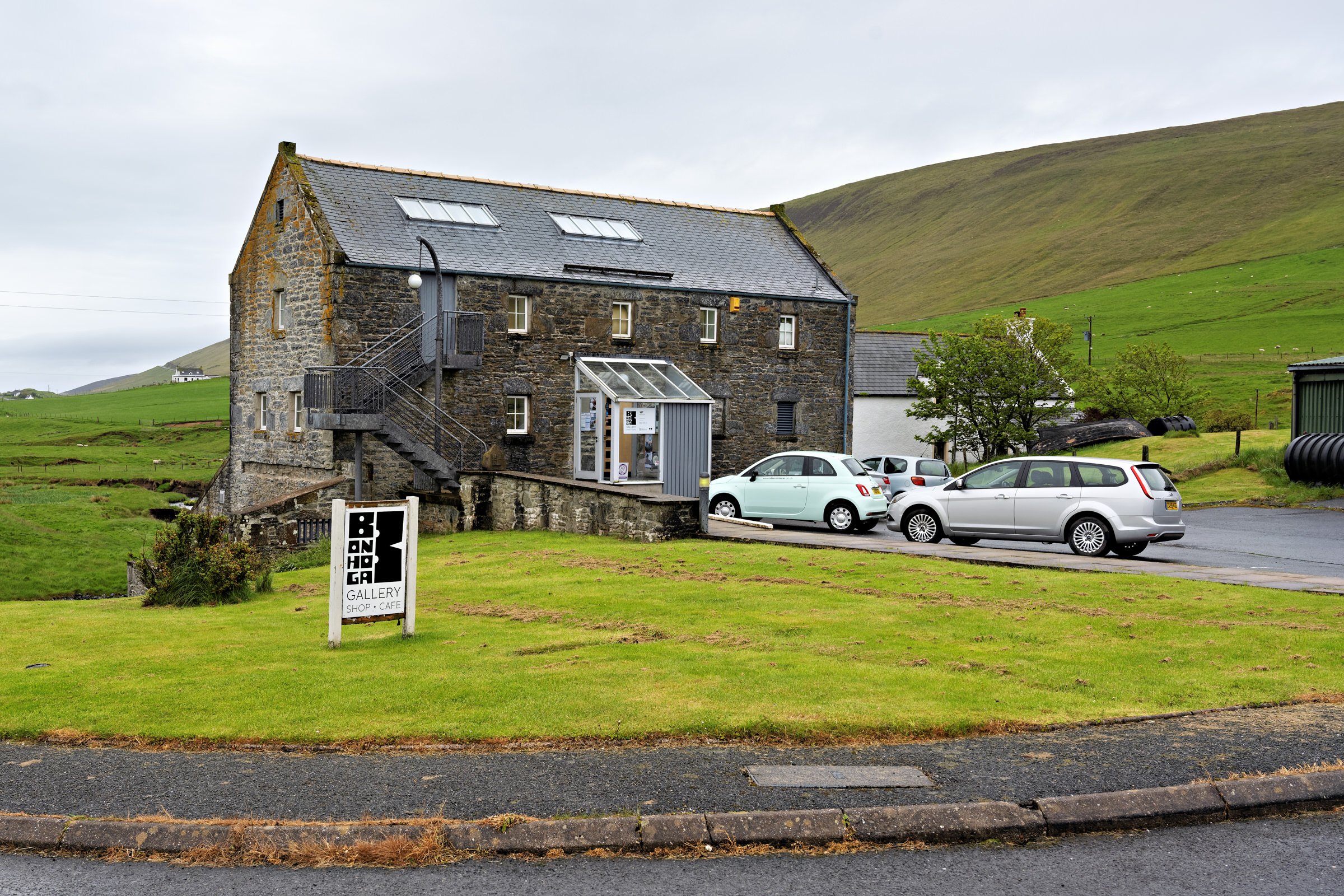
If you are looking for a scenic and rewarding walk in Shetland, you might want to try the route from Weisdale to Westerfield. This walk takes you through some of the most beautiful landscapes in the island, with stunning views of the sea, hills and lochs. You will also pass by some historical and cultural sites, such as the Weisdale Mill, the Huxter Watermills and the Westerfield House.
The walk is about 10 km long and takes around 3 hours to complete. It is suitable for walkers of moderate fitness and experience, as there are some steep and rough sections along the way. You will need to wear sturdy shoes and bring waterproof clothing, as the weather can be unpredictable. You will also need a map and a compass, as the path is not always well marked.
The walk starts at Bonnhoga Gallery. Bonhoga Gallery is a visual and applied art gallery in Shetland, Scotland. It is located in Weisdale Mill, a former meal and barley mill that was renovated and opened as a gallery in 1994. Bonhoga Gallery showcases the best of Shetland, national and international art and craft through exhibitions, retail and showcase opportunities. It also has a cafe that serves locally sourced food and offers a lovely view of the Weisdale burn. Bonhoga Gallery is owned and run by Shetland Arts, and is open from Wednesday to Sunday, 10:30am to 4:30pm. Bonhoga means 'my spiritual home' in Shetland dialect, and the gallery is a popular destination for both locals and visitors who want to enjoy art, culture and nature in a beautiful setting.
From the gallery, you follow the road south until you reach a signpost for the Huxter Watermills. You turn left and follow a track that leads you to a series of old watermills that were used to grind corn and barley. You can see how they worked and admire the engineering skills of the past.
From the watermills, you continue along the track until you reach a gate. You go through the gate and follow a path that climbs up the hillside. You will soon enjoy panoramic views of Weisdale Voe, a long and narrow inlet that is home to many birds and seals. You might also spot some otters or dolphins if you are lucky. You keep following the path along the edge of the voe until you reach another gate. You go through the gate and descend to a bridge over a stream.
You cross the bridge and follow a path that leads you to Westerfield House, a grand 18th century mansion that was once owned by a wealthy merchant family. The house is now a private residence, but you can admire its architecture and gardens from a distance. You can also see a stone circle nearby, which is believed to be an ancient burial site. From Westerfield House, you follow the road north until you reach your starting point at Weisdale Mill.
This walk is a great way to explore some of the natural and cultural heritage of Shetland. You will see some of the most diverse and beautiful landscapes in the island, as well as some of the historical and industrial landmarks. You will also get some exercise and fresh air, which is good for your health and mood. If you are looking for a memorable walk in Shetland, you should definitely try this one.
Shetland: Eshaness

Eshaness is a stunning destination for nature, history and geology. Located on the west coast of Northmavine, on Mainland, Shetland, Eshaness offers spectacular views of the rugged coastline, shaped by millions of years of volcanic activity and erosion.
The peninsula is home to the Eshaness Lighthouse, which was built in 1929 and stands on a cliff overlooking the Atlantic Ocean. The lighthouse is a great place to admire the scenery and spot seabirds, seals and whales. Nearby, you can also visit the Tangwick Haa Museum, which showcases the local history and culture of Northmavine.
One of the most impressive features of Eshaness is the Grind o da Navir, a large amphitheatre carved by the waves through a breach in the cliffs. Here, you can see huge boulders that have been thrown over 15 metres above sea level by the force of the water. The Grind o da Navir is a testament to the power and beauty of nature.
Another attraction of Eshaness is the Calder's Geo, a deep inlet that cuts into the black volcanic rocks. You can walk along the edge of the geo and explore the sea cave at its end, which is one of the largest natural chambers in Britain. The geo also has several blowholes that spray water into the air when the tide is high.
If you are interested in geology, you will love Eshaness for its rich volcanic history. The peninsula is part of an ancient stratovolcano that erupted around 395 million years ago, when Shetland was near the equator. The cliffs reveal layers of lava and ash that formed during different eruptions. You can also see islands and stacks that are remnants of the main vent and side-vents of the volcano.
Eshaness is a place where you can experience the awe-inspiring forces that shaped our planet and enjoy the diverse wildlife that inhabits it. It is a must-see for anyone who visits Shetland and wants to discover its natural wonders.
Shetland: Sumburgh Head
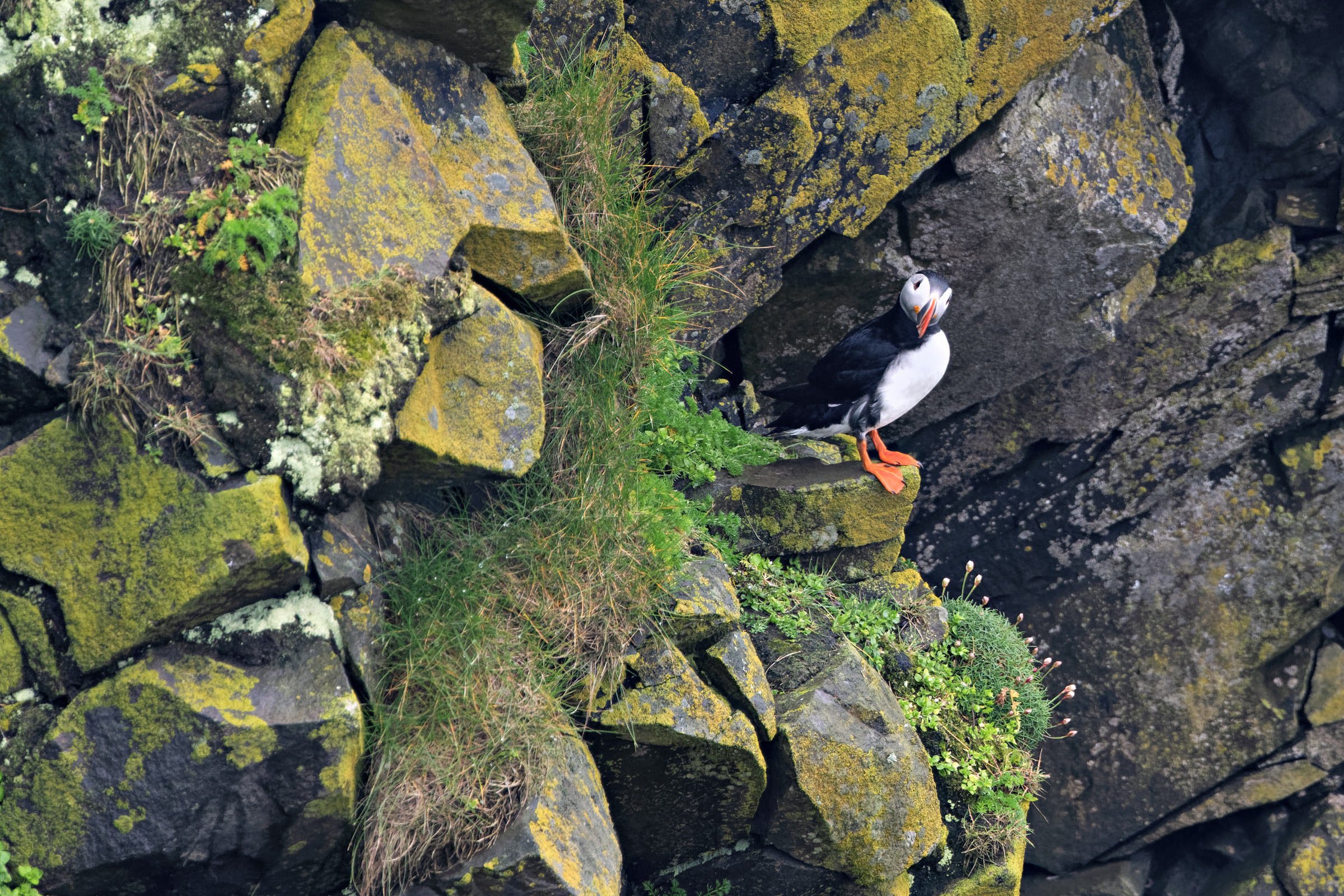
Sumburgh Head is a stunning destination. Located at the southern tip of the mainland, it offers spectacular views of the sea and the surrounding islands. It is also home to a rich history and a diverse wildlife. However, it was a grey and wet day when we were there for our first visit.
The most prominent feature of Sumburgh Head is the lighthouse, which was built in 1821 by Robert Stevenson, grandfather of the famous author Robert Louis Stevenson. The lighthouse was automated in 1991 and is now part of a world-class visitor centre that showcases the history and natural heritage of Sumburgh Head. Visitors can explore the restored lighthouse buildings, museum and marine life centre, as well as enjoy Katja's Cafe and gift shop.
Sumburgh Head is also a nature reserve, managed by the RSPB. It hosts one of Britain's most accessible seabird colonies, with thousands of puffins, guillemots, fulmars, kittiwakes and shags nesting on the cliffs and sea stacks from May to mid-August. Visitors can watch these birds from viewing points on the cliffs, or use binoculars and telescopes provided by the RSPB staff and volunteers. Sumburgh Head is also a great place to spot cetaceans such as minke whales, orcas and dolphins in the sea - although not on this occasion!
Shetland: With friends to Burra and Smugglers Cave
It was so good to meet up with friends Helen and Martin and to begin to the beauty of Shetland, taking a walk to Burra and Smugglers Cave.
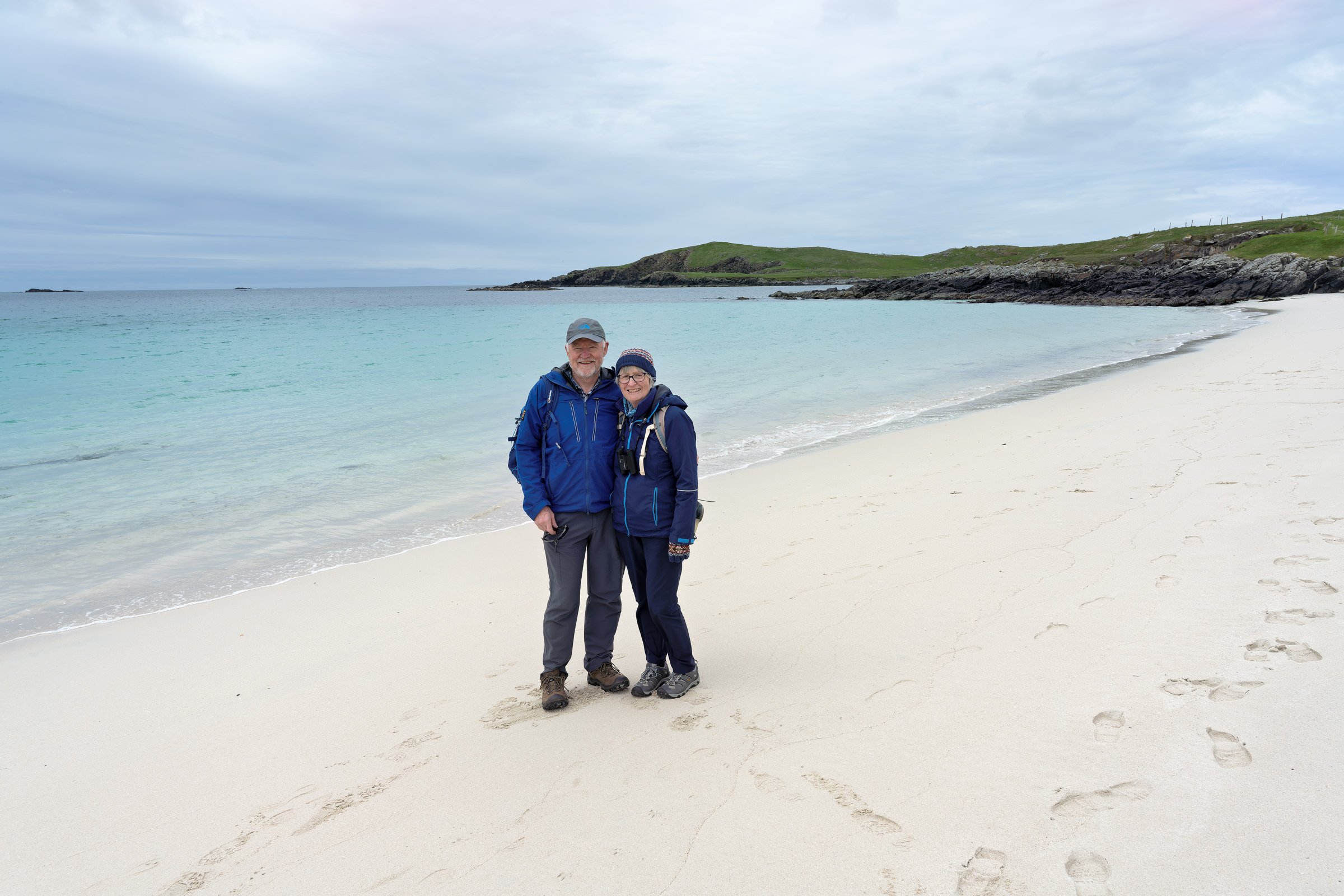
SHETLAND: Lerwick
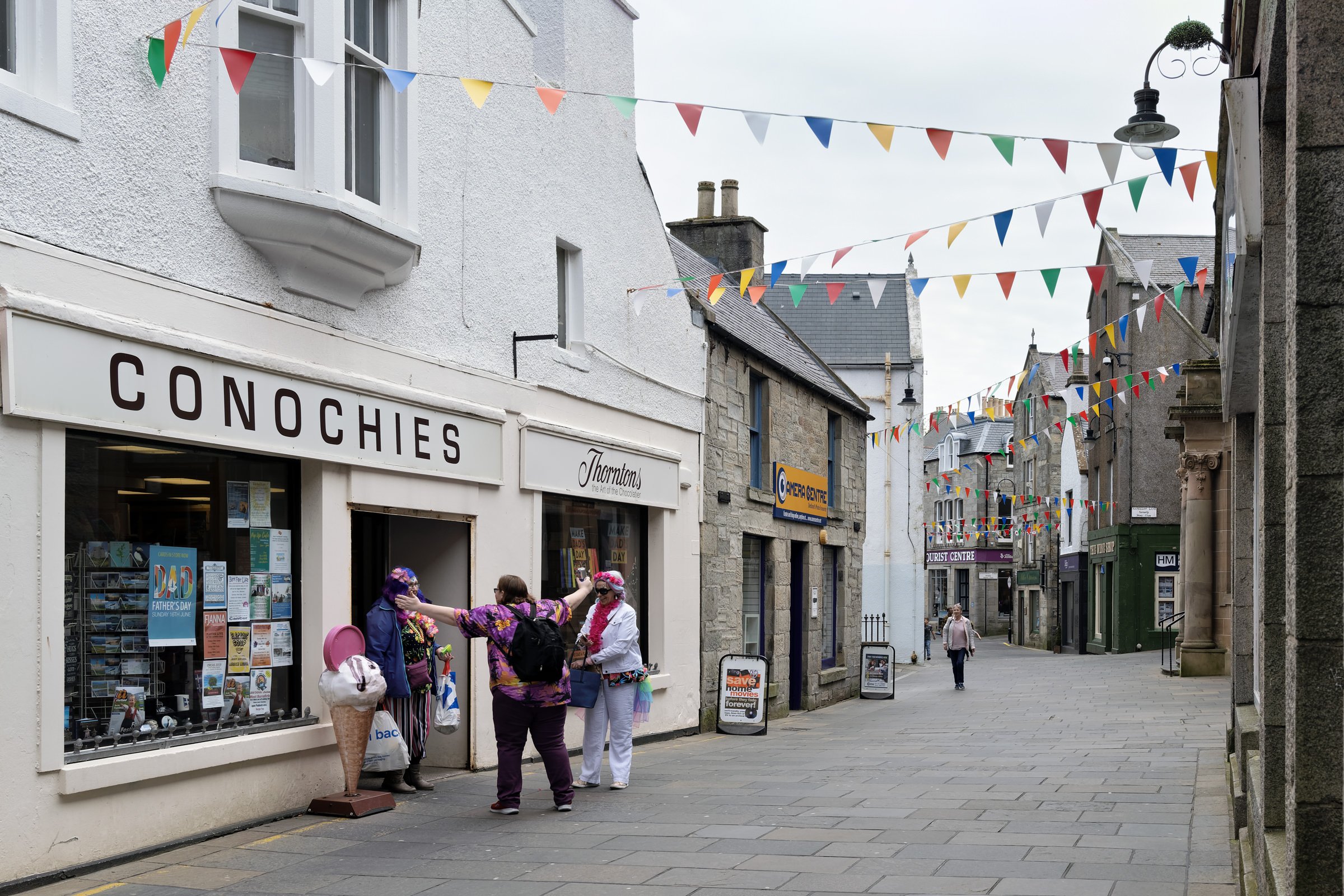
Lerwick is the main town and port of the Shetland Islands, located in the north of Scotland. It has a population of about 7,000 people and is the administrative and cultural center of the islands. Lerwick has a rich history dating back to the 17th century, when it was a major trading hub for the Dutch herring fleet. Today, Lerwick is a modern town with a variety of attractions, such as the Shetland Museum and Archives, the Mareel arts centre, and the annual Up Helly Aa fire festival.
Aberdeen to Lerwick, Shetland

We were excited to have our first trip to Shetland and chose to travel overnight by ferry from Aberdeen. There was some apprehension as my wife Helen does not travel well be sea! But, anyway, we were doing it and everything was planned including suitable anti-sea sickness measures.
We were sitting in a restaurant at Aberdeen when I received a call from the ferry company: “where are you – are you coming”. It seems I had mistaken the ferry leaving time! We lept out of our seats, ran to the car park and raced through Aberdeen to reach the ferry just before it left. We had made it!
Now for the crossing.
The ferry journey from Aberdeen to Lerwick covers a distance of approximately 225 miles and takes around 12-13 hours to complete. The route takes you across the North Sea, passing through the Pentland Firth and around the northern tip of Scotland before arriving at the port of Lerwick on the Shetland Islands. The ferry service is operated by NorthLink Ferries, which offers regular sailings throughout the year, with a choice of daytime and overnight crossings.
The ferry journey from Aberdeen to Lerwick is renowned for its stunning scenery, with a host of scenic highlights to take in along the way. As you depart from Aberdeen, there are the views of the city's skyline and the rugged coastline beyond, before heading out to sea and passing through the Pentland Firth. This stretch of water is known for its strong currents and whirlpools, and is a popular spot for wildlife sightings, including seals, dolphins, and whales. Though not today.
Thankfully the crossing was calm as we retired to our cabin for the night. Even so, sure enough, nausea and vomiting followed for Helen. But, we arrived safely and ready to enjoy our 2 week stay on Shetland, especially looking forward to meeting up with our friends Martin and Helen who had bravely left Liverpool to set up home on Shetland.




















































































